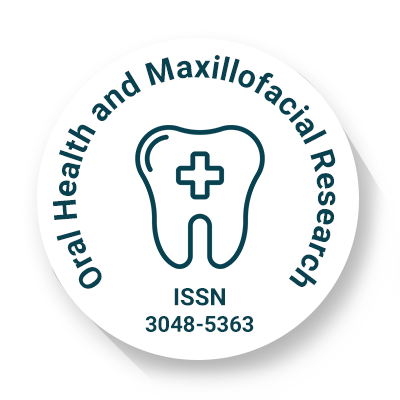
Oral Health and Maxillofacial Research
OPEN ACCESS
ISSN: 3048-5363

OPEN ACCESS
ISSN: 3048-5363

Statement of problem: The introduction of minimally invasive or no-preparation veneers (NPVs) has revolutionized restorative procedures by offering the potential to maintain natural tooth structure while achieving aesthetic improvements. Nevertheless, debates emerge about their strength and ability to withstand breaking, which is linked to their extremely thin composition.
Purpose: The point of the current review was to assess the shear bond strength (SBS) of the feldspathic facade established to ready and ill-equipped foremost cow-like teeth to contrast their bond strength and obstruction with crack.
Material and methods: Thirty separated maxillary foremost ox-like teeth were haphazardly partitioned into 3 gatherings about their planning strategies: full-readiness butt-joint in group A, full-readiness butt-joint and cleaning with yellow grain precious stone pods in group B, and no-arrangement (just eliminating the aprismatic lacquer with cleaning yellow grain jewel brambles) in group C. All facade arrangements were carefully bound to lacquer. In the wake of molding the teeth, the feldspathic solid ceramic facade was processed, treated, and afterward established with a light fix luting composite concrete. The examples were thermally cycled for 2500 cycles in 5°C and 55°C water. The shear bond strength was estimated for every tooth of all gatherings and disappointment not entirely settled by stereomicroscopic assessment.
Results: The shear bond strength was highest in Group C. There was a significant difference in shear bond strength between groups C and A (p ≤ 0.05) and between groups C and B (p ≤ 0.05). Nonetheless, the disparities between groups A and B (p > 0.05) did not show any significance. The most frequent type of failures in all groups were a combination of different issues.
Conclusions: Feldspathic veneers without any prior preparation showed the highest shear bond strength. With precise patient selection, no-prep porcelain laminate veneers are an effective and conservative choice for improving the appearance of front teeth.